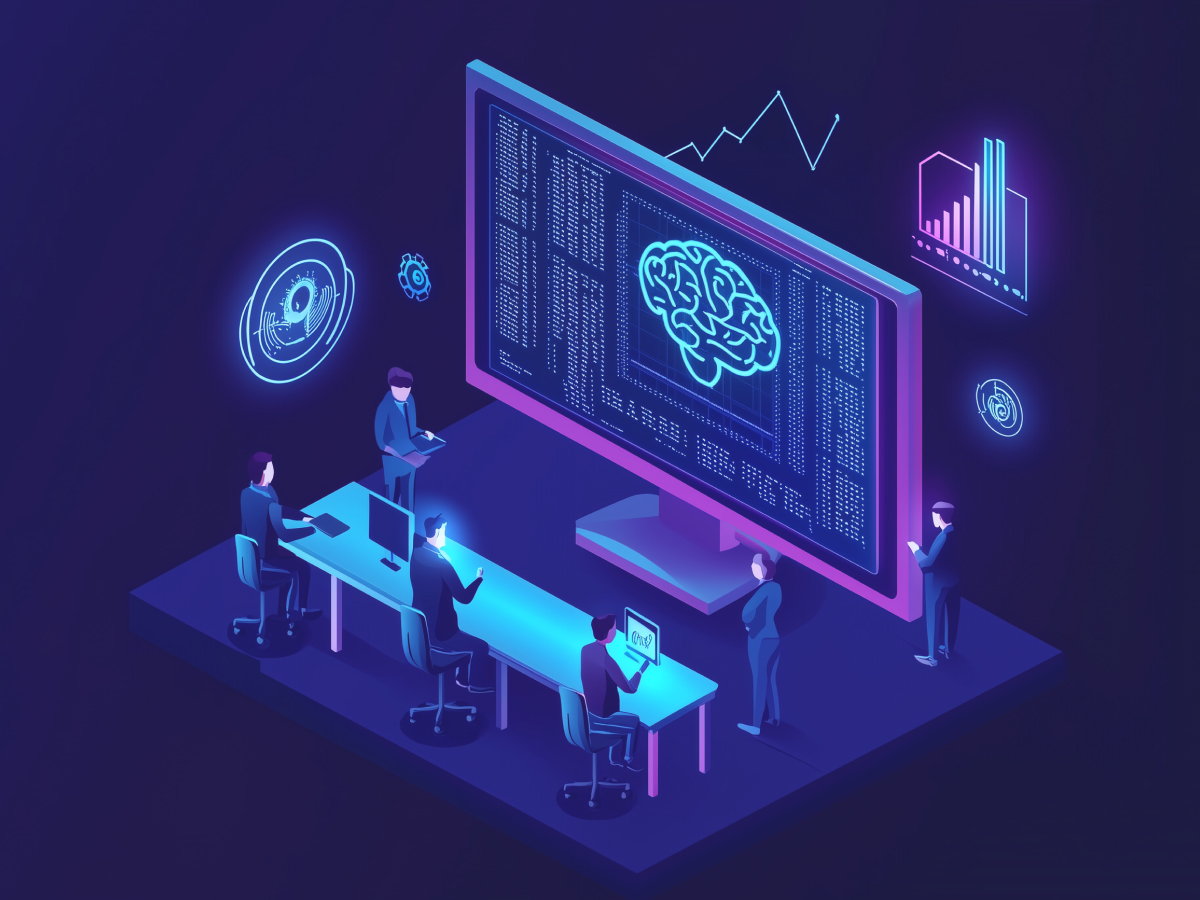Generative AI’s potential to boost software development productivity
Generative AI has the power to fundamentally change how software gets built. Imagine a development environment where repetitive tasks, those daily annoyances like fixing bugs, resolving security loopholes, and updating old systems, are no longer handled by human hands. That’s the opportunity generative AI is bringing.
UK companies are moving fast. A recent GitLab survey shows 65% of businesses are releasing software at least twice as fast as they did just last year. That’s an incredible pace, but there’s a catch: only 31% of these firms are actually tapping into AI for their development processes. Most businesses are speeding up their outputs manually, without the turbocharged efficiency AI could offer. Such a gap represents an enormous opportunity for those who are willing to embrace it.
Challenges in measuring AI’s impact on productivity
The first rule of business is simple: if you can’t measure it, you can’t improve it. For AI, that’s where many organizations are stuck. Scaling AI means understanding its true value, and that’s where conventional productivity metrics fall short.
Most companies still rely on metrics like lines of code written or commits made. These are fine for tracking activity, but they miss the bigger picture. Development is as much about problem-solving, collaboration, and creativity as it is about raw output. According to GitLab, over 50% of C-suite executives in the UK focus on metrics like code quantity (54%), code quality (48%), or speed to market (50%). But these numbers don’t connect AI’s impact to business outcomes like revenue, user adoption, or customer satisfaction, the metrics that actually matter.
It’s a tough balancing act. While 60% of UK respondents say measuring productivity is key for growth, 50% of global leaders admit their current systems aren’t up to the task. The challenge is collecting the right data and turning it into actionable insights. In order to measure AI’s full impact, companies need to rethink their approach and prioritize outcomes that speak to their strategic goals.
AI’s role in improving software quality and customer alignment
AI makes the final product better and it starts with automation. Generative AI takes on repetitive tasks like code reviews and testing, processes that are tedious but key for high-quality software. In doing this, AI reduces bugs, shortens release cycles and improves reliability.
AI also makes sure that software meets the real-world needs of its users. In analyzing customer feedback and tailoring products to that input, AI bridges the gap between development teams and end-users.
The numbers back this up. UK developers spend only 29% of their time writing code. The rest is maintenance and firefighting. Automating those tasks with AI frees them to focus on creating features and solving complex problems. Measuring these gains can be done through direct customer feedback, service requests, and even market performance, giving businesses a clear picture of how AI is improving both their process and their product.
Helping developers to maximize AI’s potential
If you want AI to work for your business, you need to make it work for your developers. Developers are the architects of your software. Giving them the autonomy to choose and integrate AI tools is smart business. Ownership drives engagement, and engagement drives better results.
Integrating AI isn’t an overnight fix. It requires patience, experimentation, and a willingness to learn through trial and error. Leaders need to create an environment where developers feel comfortable testing new tools and processes, even if it means short-term disruptions. The long-term payoff will far outweigh any initial hiccups.
There’s a risk here, though, particularly for less-experienced developers. AI can make them faster, but if left unchecked, it can also teach them bad habits. Leadership needs to stay vigilant, mentoring their teams and monitoring the impact of AI tools on development quality.
Finally, organizations need to think beyond the short term. AI is a long-term strategy that requires alignment with broader business objectives. Companies that invest in AI with this mindset will see sustainable gains in productivity and innovation.
Strategic and holistic metrics for measuring AI’s impact
The metrics you track dictate the decisions you make. For AI, traditional metrics like deployment speed or bug counts are useful but incomplete. In order to truly capture AI’s value, you need to think bigger.
Start with project-level metrics: how often are you deploying updates? What’s the lead time for changes? How quickly can you restore services when something goes wrong? These numbers give you a clear picture of how your development pipeline is performing.
But don’t stop there. Team metrics are just as important. Are your developers satisfied? Are they staying with your company, or are they burning out and leaving? Tools like performance reviews, turnover rates, and internal satisfaction surveys can reveal how AI is impacting your workforce on a deeper level.
AI’s ability to predict bottlenecks and automate repetitive tasks means faster releases and happier customers. It’s about creating software that aligns with user needs and delivers better outcomes. Track metrics like customer feedback, market performance, and even analyst reviews to see how AI is driving your business forward.





